Imagine a world where the greatest architects never lift a finger, never draw a blueprint, and never seek applause for their masterpieces. Yet, beneath your feet, beneath the waves, and hidden within tangled roots, some of the planet’s most astonishing builders are quietly shaping ecosystems on a grand scale. These unsung eco-engineers—termites, coral, and bivalves—don’t just survive in their environments—they transform them, creating the very foundations for countless other lives. Prepare to be surprised, inspired, and maybe even a little humbled by the incredible impact of creatures most of us overlook every day.
Termites: Masters of Microclimate Engineering

Termites are far more than pesky home invaders; they are, in fact, brilliant architects and climate regulators in many ecosystems. Deep in the savanna and tropical forests, termites build towering mounds that can reach heights of up to 30 feet. These structures are not random piles of dirt—they are meticulously engineered to regulate temperature, humidity, and airflow, creating perfect environments for their colonies. The secret lies in an intricate network of tunnels and vents, which allow fresh air to circulate and heat to escape. Termites’ construction skills actually inspire human architects seeking sustainable building techniques. By moving enormous amounts of soil, termites also mix and enrich the earth, helping plants grow and supporting entire food webs above ground. Their unseen labor quietly fuels the health of the environment, often going completely unnoticed by humans.
The Unsung Soil Makers
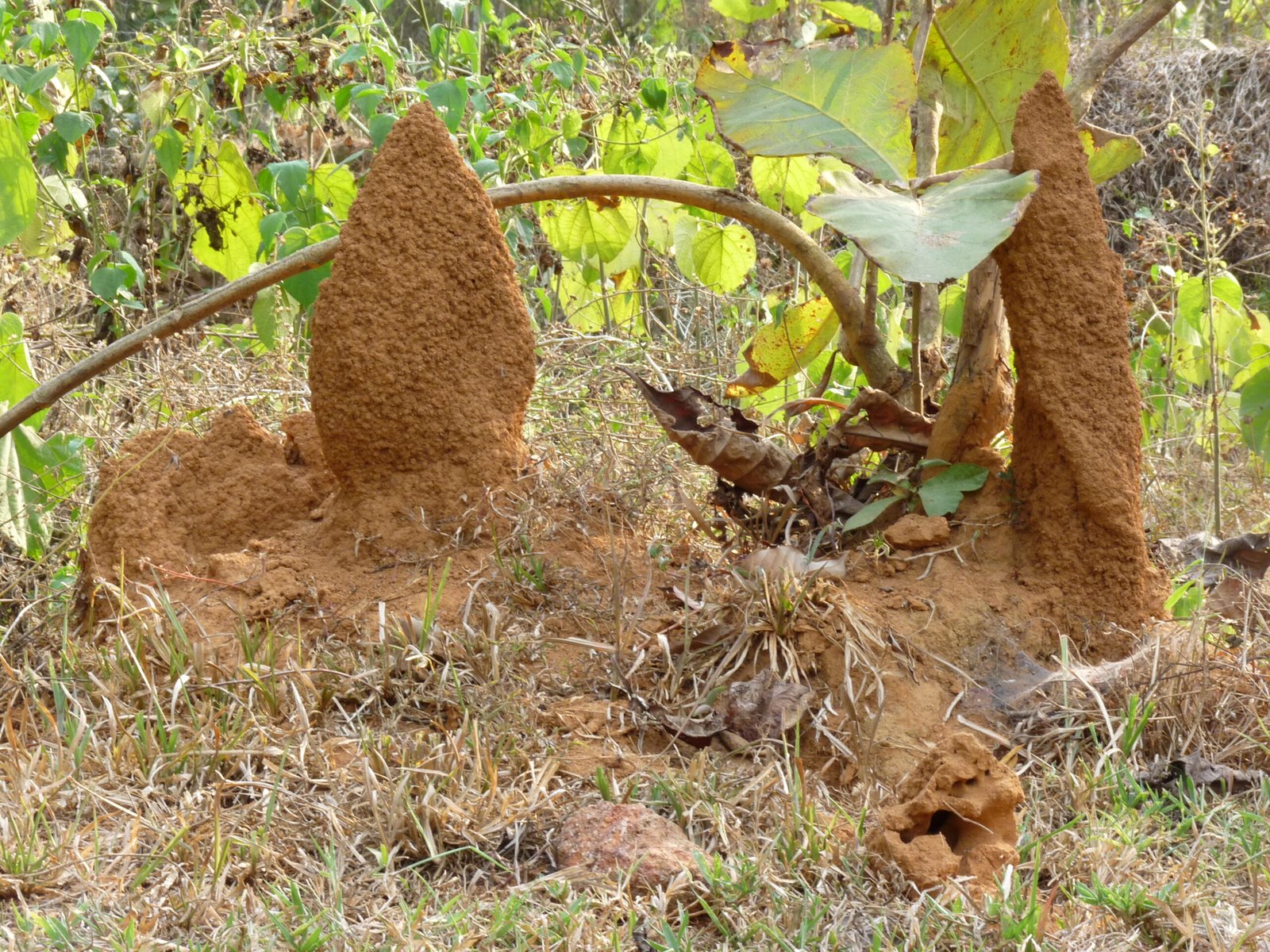
Termites are like nature’s tireless gardeners, constantly recycling dead plant material. As they break down wood, leaves, and grass, they release nutrients back into the soil, making it richer and more fertile. This nutrient cycling is especially vital in tropical regions, where heavy rains can quickly wash away important minerals. Without termites, much of this organic material would simply pile up and rot, leaving soils depleted and ecosystems less productive. Their digestive powers, powered by symbiotic microbes in their guts, allow them to break down cellulose—something very few animals can do. In this way, termites act as living composters, keeping the circle of life spinning smoothly.
Coral Reefs: Builders of Underwater Cities
Coral reefs are dazzling underwater metropolises, home to an astonishing variety of marine life. What many don’t realize is that these vibrant structures are crafted by tiny coral polyps—soft-bodied animals related to jellyfish. Each polyp extracts calcium carbonate from seawater and secretes it as a hard skeleton, slowly constructing massive reef systems over thousands of years. The Great Barrier Reef, for example, is visible from space and supports thousands of species, thanks to the collective efforts of these minuscule builders. Coral reefs form natural breakwaters, buffering coastlines from storms and erosion. Their complex architecture provides shelter, breeding grounds, and hunting spaces, making them the rainforests of the sea—essential not just for fish, but for all ocean life.
Guardians of Biodiversity
Coral reefs are hotspots of biodiversity, supporting more species per square meter than almost any other ecosystem on Earth. Their labyrinthine structures offer refuge to fish, crustaceans, mollusks, and countless other creatures. This diversity is not just beautiful—it’s essential for the stability and resilience of marine ecosystems. When coral reefs thrive, they nurture entire food webs and help local economies through fishing and tourism. But when corals bleach due to rising sea temperatures or pollution, the entire ecosystem can unravel with shocking speed. Coral’s role as eco-engineers cannot be overstated: they are both the architects and the landlords of the ocean’s most vibrant communities.
Bivalves: Nature’s Water Filters
Bivalves—think clams, oysters, and mussels—may look unremarkable, but their power lies in their incredible ability to filter water. Each bivalve can pump gallons of water through its body every day, trapping tiny particles of detritus, algae, and even pollutants. In doing so, they clarify the water, allowing sunlight to penetrate deeper and fostering the growth of underwater plants. In places like Chesapeake Bay, large oyster reefs once filtered the entire bay’s water in just a few days. Although their numbers have declined, restoration projects are now using bivalves to clean up polluted waterways, showing just how vital these modest mollusks are for ecosystem health.
Reef Builders and Habitat Creators
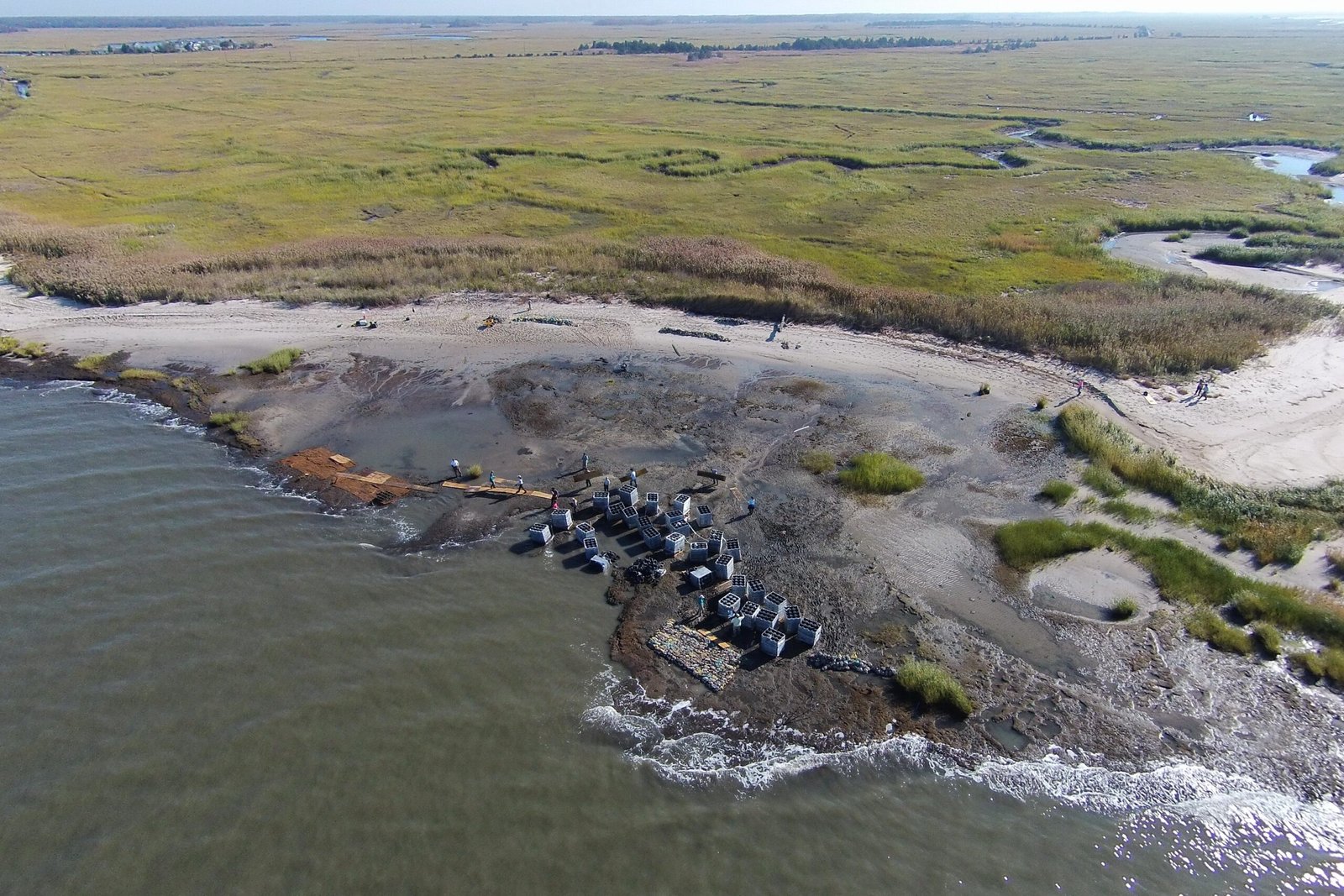
Some bivalves, like oysters, go beyond just water filtration—they build reefs of their own. These oyster reefs provide crucial habitat for a variety of marine creatures, from small fish to crabs and shrimp. The reefs also serve as natural barriers, protecting shorelines from erosion and storm surges. By stabilizing sediments and creating complex physical structures, bivalves give countless other species a safe place to live and reproduce. Their presence can even boost fish populations, supporting both wildlife and human fisheries.
Termite Mounds: Hotspots for Other Life
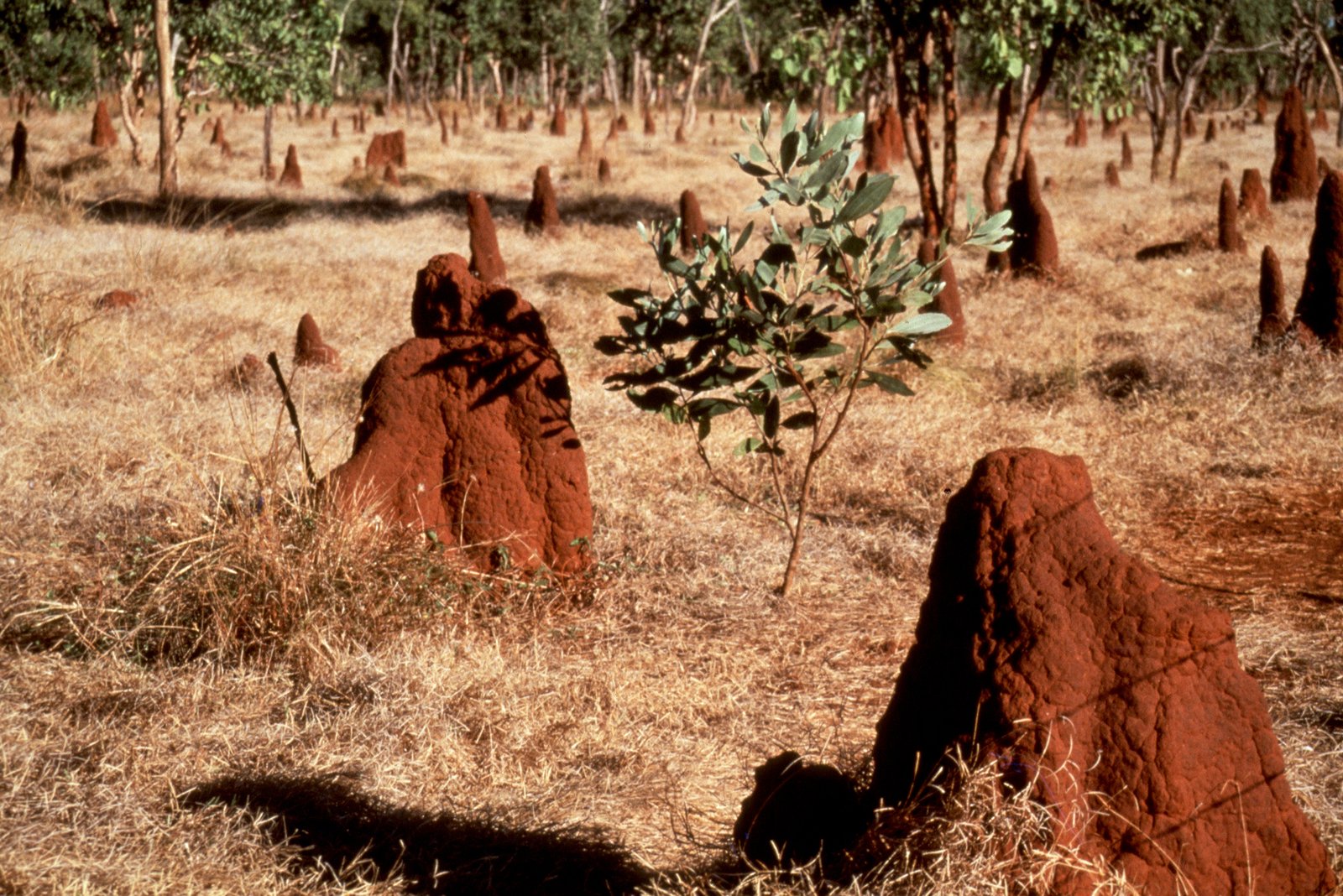
Termite mounds are not just homes for termites—they are bustling hubs of biodiversity. Many animals, from snakes to birds to small mammals, use abandoned or active mounds for shelter and hunting. Some plants even thrive better near termite mounds, where the soil is richer and moister. The mounds’ presence influences entire landscapes, creating patches of fertility in otherwise harsh environments. In Africa, these “islands of fertility” can be seen from the air, dotted across the savanna. The humble termite, through its construction, shapes the destinies of countless other species.
Coral and Climate Resilience
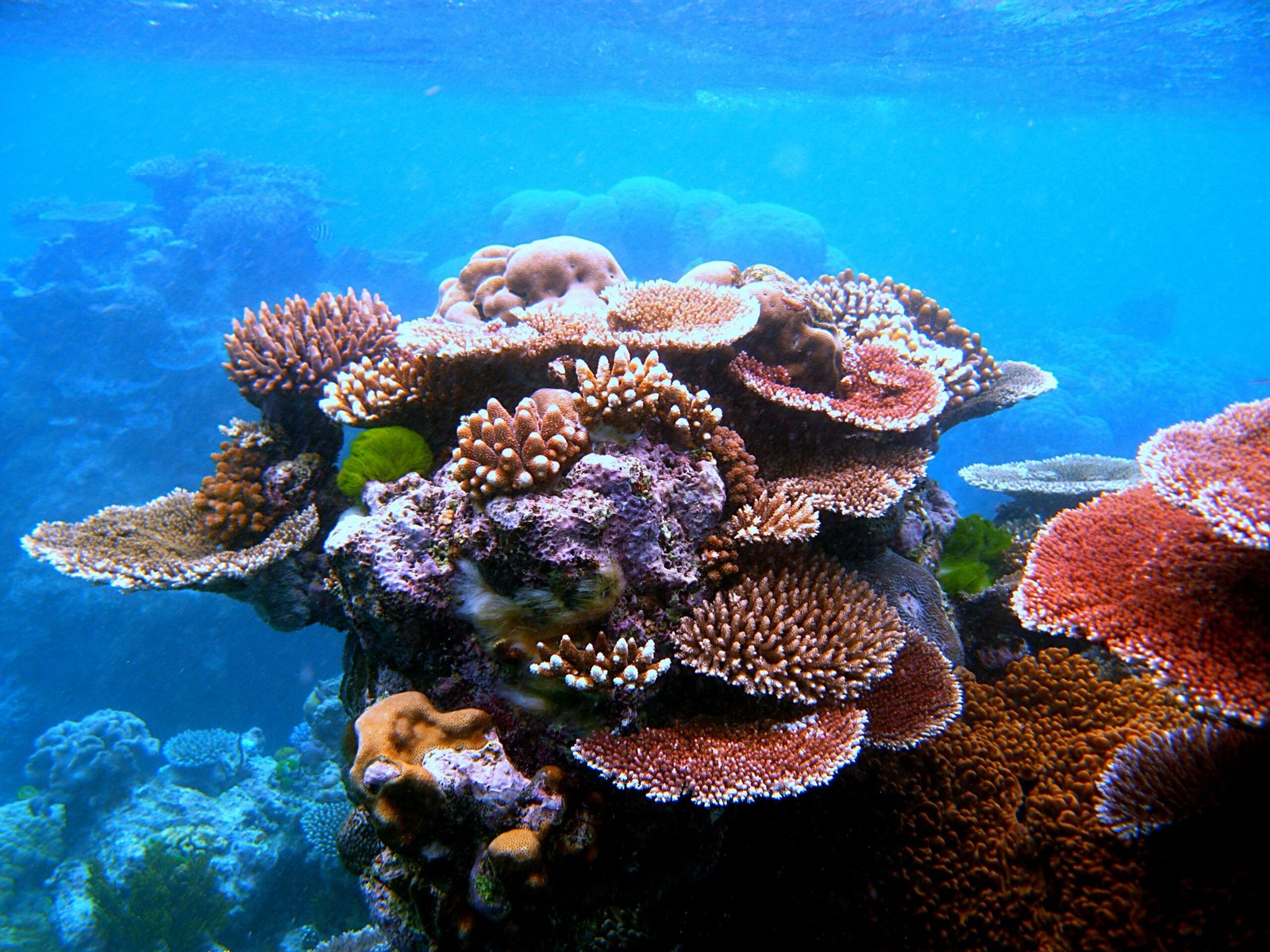
Coral reefs don’t just support biodiversity—they also help protect coastal communities from the growing threats of climate change. By absorbing wave energy, reefs reduce the impact of storms and rising sea levels, shielding vulnerable coastlines. Healthy coral ecosystems can bounce back from disturbances, thanks to their incredible diversity and complex interconnections. Scientists are racing to understand how corals adapt to warming oceans, with some promising research into “super corals” that can survive higher temperatures. The fate of millions of people and animals may depend on the resilience of these underwater architects.
Bivalves and Blue Carbon
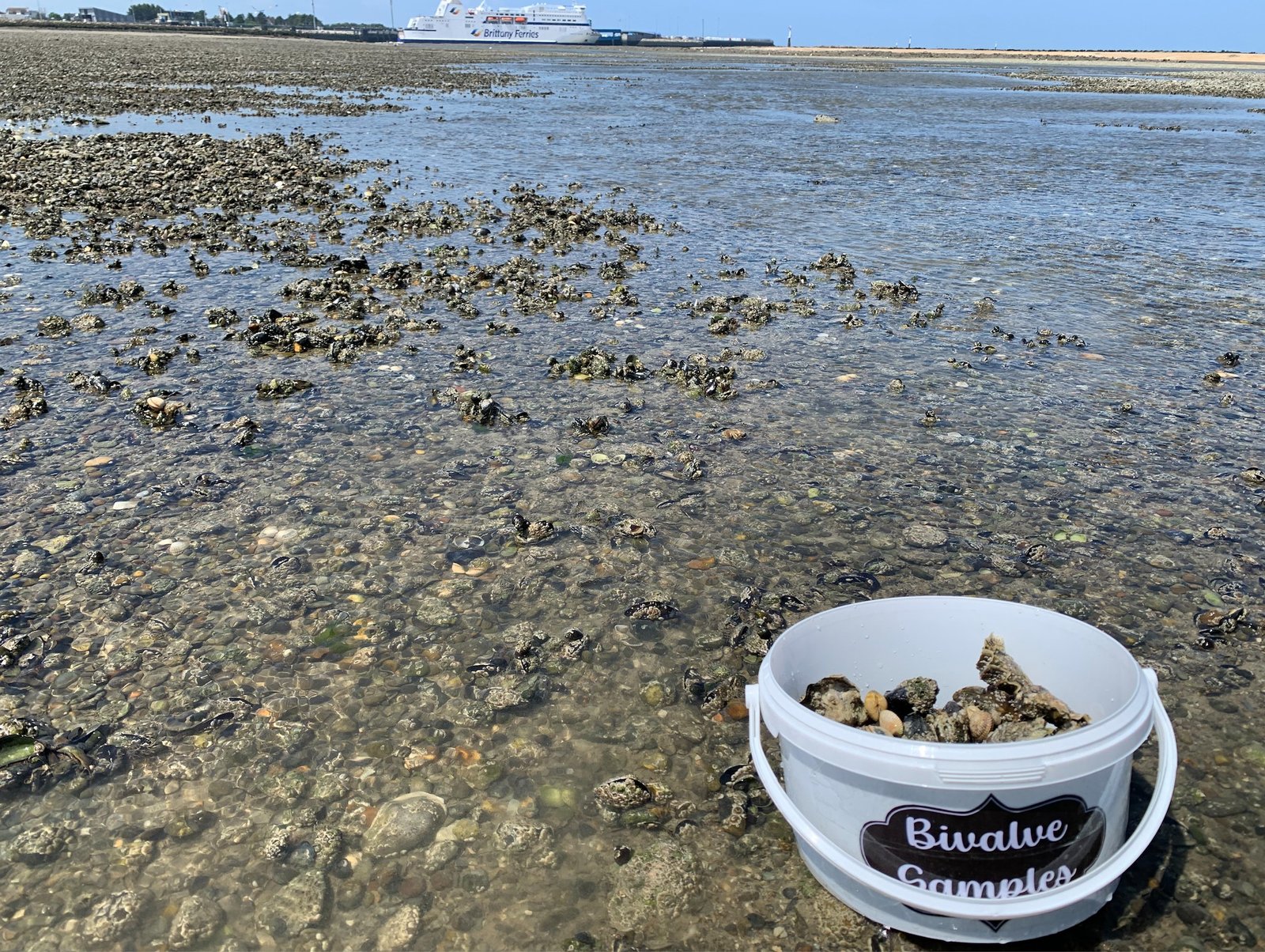
Bivalves also play a surprising role in fighting climate change. As they build their shells from calcium carbonate, they lock away carbon that would otherwise contribute to greenhouse gases. Large bivalve beds, especially when combined with seagrasses and mangroves, help sequester “blue carbon,” reducing the impact of climate change. Restoration efforts not only improve water quality but also bolster the ocean’s natural ability to store carbon. It’s a double win for clean water and a healthier planet.
Lessons from Nature’s Engineers
These eco-engineers—termites, coral, and bivalves—remind us that even the smallest creatures can have outsized impacts on our world. Their innovations in construction, recycling, and climate regulation inspire scientists, architects, and environmentalists alike. By observing their work, we can learn how to build more sustainably, manage resources more wisely, and protect the delicate balance of life on Earth. The next time you walk past a termite mound, snorkel over a coral reef, or see an oyster shell washed up on the shore, remember: these are the architects of life, shaping the world in ways most of us never see.




